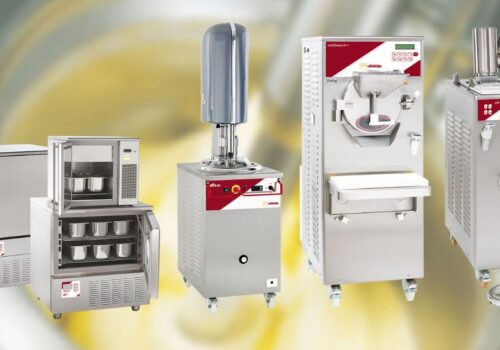Why Agriculture Inventory Management Systems Empower Farmers
In the modern era, the agricultural landscape is witnessing a remarkable transformation through agriculture inventory management systems, or AIMS. These advanced technological solutions have proven to be game-changers for farmers worldwide.
By streamlining operations, reducing waste, and empowering decision-making, AIMS have become indispensable tools for the agricultural community.
Understanding AIMS
At the heart of agricultural inventory management lies their ability to efficiently track and manage various aspects of farm inventory.
Real-time data tracking allows farmers to stay informed about their inventory levels, crop growth, and livestock health.
Predictive analytics tools enable farmers to make informed decisions by analyzing historical data and forecasting future trends.
Traceability features ensure the ability to track products from farm to table, promoting transparency and food safety.
Empowering Farmers Through Improved Efficiency
Streamlining Operations and Saving Time
Tedious manual processes, such as inventory tracking, record-keeping, and reporting, are automated, allowing farmers to focus on core activities. The implementation of AIMS eliminates the need for manual data entry, reducing errors and enhancing overall operational efficiency.
Reducing Waste and Optimizing Resource Utilization
Through accurate inventory management, farmers can avoid overstocking or understocking supplies, leading to reduced financial losses and improved profitability. Furthermore, grain inventory management provides insights into resource usage patterns that can revolutionize the food industry.
Enhancing Decision-Making with Real-Time Data and Analytics
Insights into crop performance, soil conditions, and weather patterns for proactive decision-making. This includes adjusting irrigation schedules, optimizing fertilization, or implementing pest control measures promptly. The ability to make informed decisions leads to increased crop yields, minimized risks, and improved overall farm management.

Overcoming Challenges in Agriculture
Addressing Variability
Agriculture is susceptible to things like unpredictable weather patterns and volatile market conditions. AIMS provide farmers with tools to address these challenges effectively.
Ensuring Sustainability
AIMS facilitate the adoption of environmentally friendly techniques by providing farmers with data-driven insights. Farmers can optimize resource usage, minimize chemical inputs, and implement precision farming techniques based on the recommendations generated by the system.
Optimizing Production and Reducing Costs
Through accurate inventory management and resource utilization, farmers can minimize financial losses associated with overproduction or underproduction. Additionally, AIMS helps identify areas where expenses can be minimized without compromising quality or yield.
Conclusion
To summarize, agriculture inventory management systems offer indispensable tools for farmers seeking to modernize and enhance their farming practices. These systems address the challenges faced by traditional agricultural practices, ensuring overall farm profitability.
It’s imperative for farmers to embrace these advanced technological solutions and unlock the full potential of their professional endeavours.





